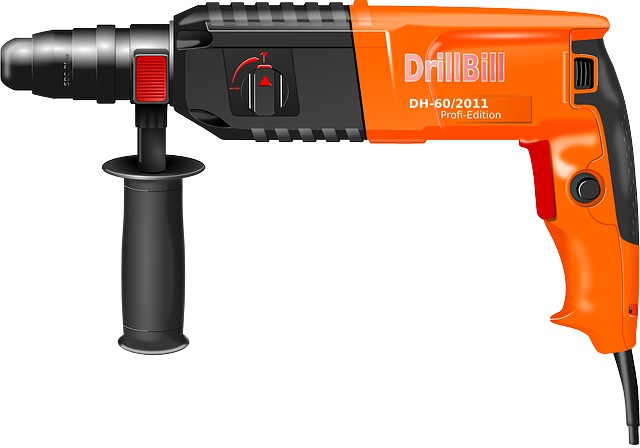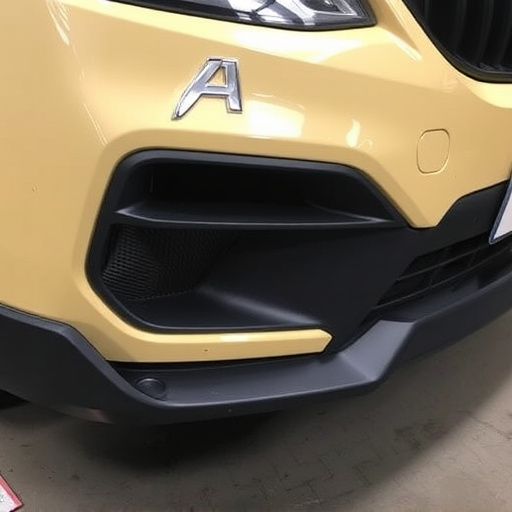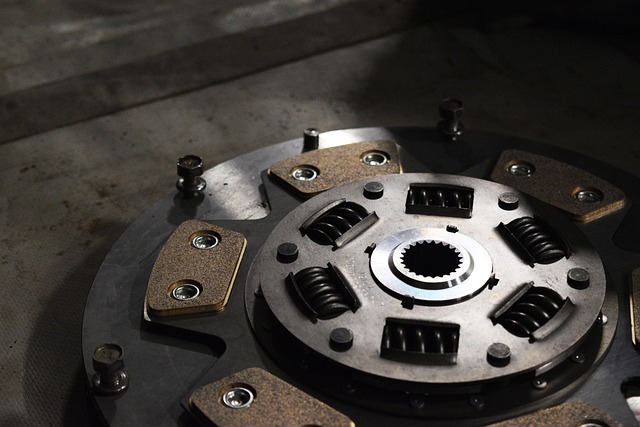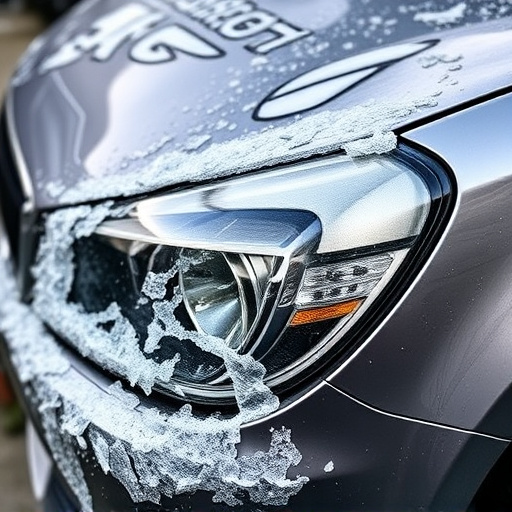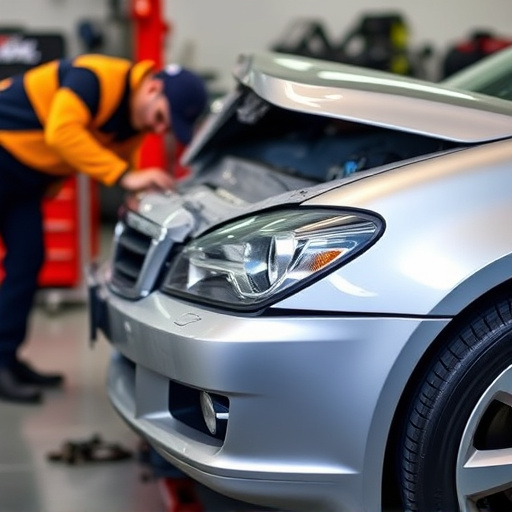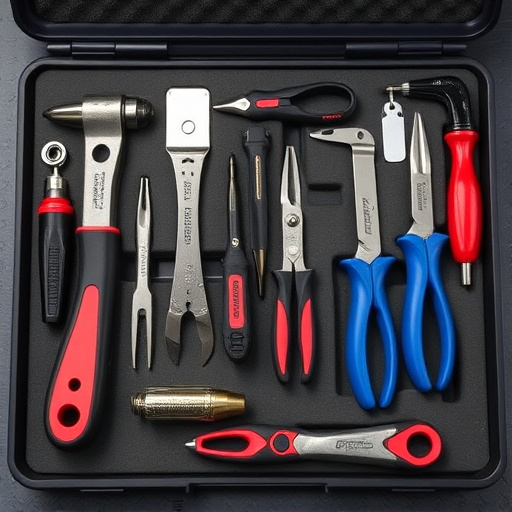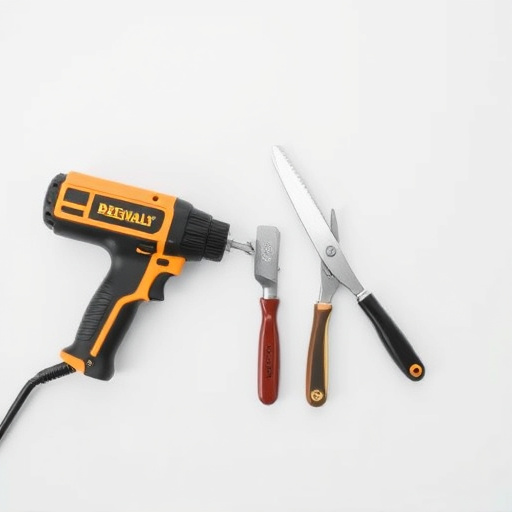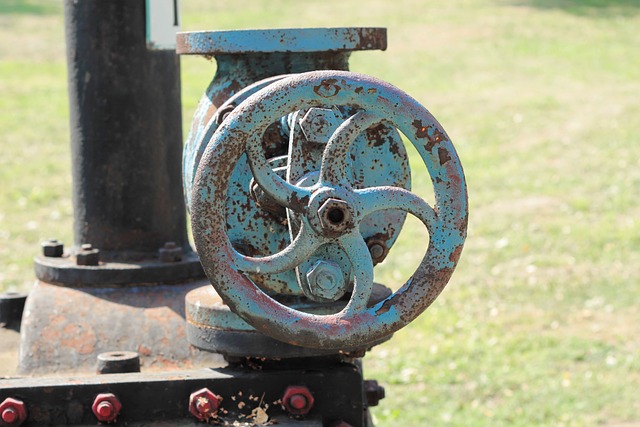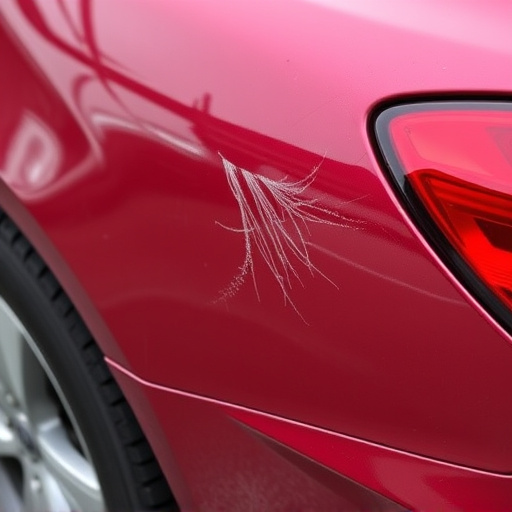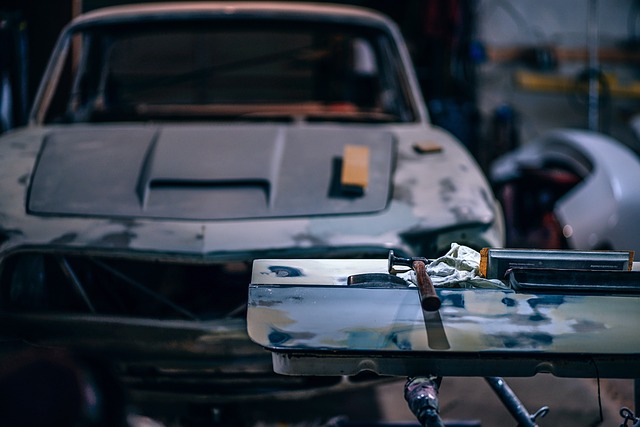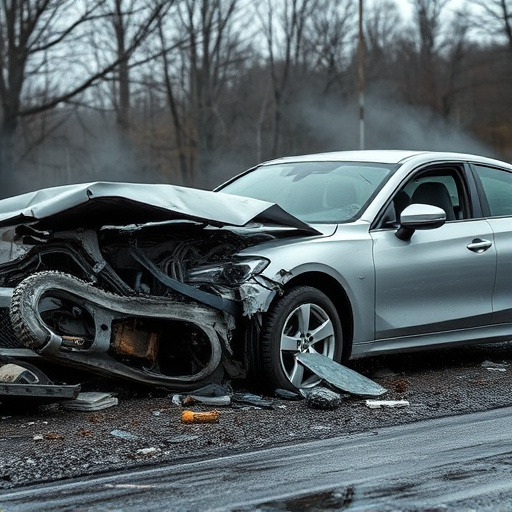Clear communication and documentation streamline the collision claim process, reducing frustration and disputes. Rapid information exchange, detailed record-keeping, and regular updates ensure transparency. Prioritizing repairs or replacements based on cost and structural integrity expedites claims, minimizing delays for all involved parties.
Managing a collision claim process efficiently is key to minimizing stress and saving time. This article offers 10 practical tips designed to expedite your claims journey. From streamlining communication with insurance providers to prioritizing repair decisions, these strategies help ensure a smoother experience. By documenting every step and staying organized, you can navigate the collision claim process with confidence, leaving more time to focus on what truly matters.
- Streamline Communication for Faster Claims Resolution
- Document Everything to Avoid Disputes Later
- Prioritize Repair or Replacement Decisions Efficiently
Streamline Communication for Faster Claims Resolution

Efficient communication is a cornerstone for expediting the collision claim process. Insurers and claimants alike can significantly speed up resolution by establishing clear and consistent channels. This includes promptly exchanging relevant information, such as photos of damage, vehicle specifications, and contact details of all parties involved. Effective communication also involves regular updates on the status of repairs, ensuring everyone is on the same page.
By implementing streamlined communication protocols, the collision claim process becomes more transparent and efficient. This not only reduces frustration for claimants but also facilitates quicker vehicle restoration at the collision center, ultimately leading to a faster overall resolution.
Document Everything to Avoid Disputes Later
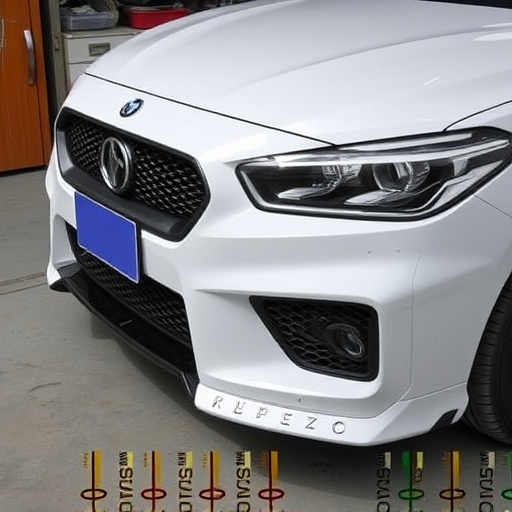
When dealing with a collision claim, thorough documentation is key to a smoother process and avoiding potential disputes later on. As soon as an accident occurs, start by exchanging information with the other party involved, including names, contact details, insurance policy numbers, and vehicle registration data. Take photos of the damage to your vehicle from multiple angles; this visual evidence will be invaluable during the claim settlement phase. Keep detailed records of all conversations and communications related to the incident, including any discussions with your insurance company or a vehicle body shop.
Additionally, maintain documentation of any receipts for repairs, such as car dent repair or tire services, as these will serve as proof of the work done and the associated costs. Consider keeping a log or journal noting the progress of your claim, any issues encountered, and corresponding resolutions. This comprehensive record-keeping ensures that you have all the necessary information to expedite the collision claim process and minimize delays or disagreements with insurance providers or vehicle body shops.
Prioritize Repair or Replacement Decisions Efficiently
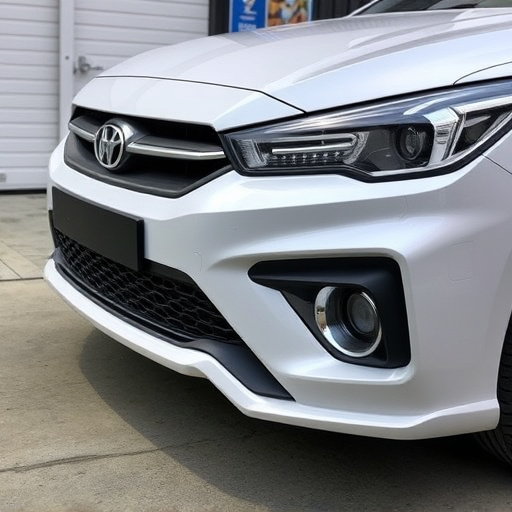
When managing a collision claim process, efficiently prioritizing repair or replacement decisions is key to faster resolution. The initial assessment should consider both the cost of repairs and the impact on the vehicle’s structural integrity. If a car dent removal is minor and doesn’t affect safety components, an automotive body shop might recommend repairs. However, for more extensive damage, replacement parts and services from a trusted body shop could be the better option, ensuring the vehicle is restored to its pre-collision condition.
This decision should also factor in the age of the vehicle and the cost effectiveness of repairs versus replacement. In cases where the vehicle is older or the repair costs approach or exceed the vehicle’s value, it might be more practical to opt for a replacement. This streamlined approach helps avoid unnecessary delays and ensures that insurance claims are processed faster, providing peace of mind for all parties involved in the collision claim process.
By implementing these 10 tips, you can significantly streamline the collision claim process. Effective communication, thorough documentation, and efficient decision-making are key to faster resolutions. Remember, a well-managed collision claim process not only saves time but also ensures a smoother experience for all involved parties.
